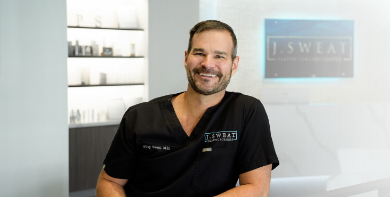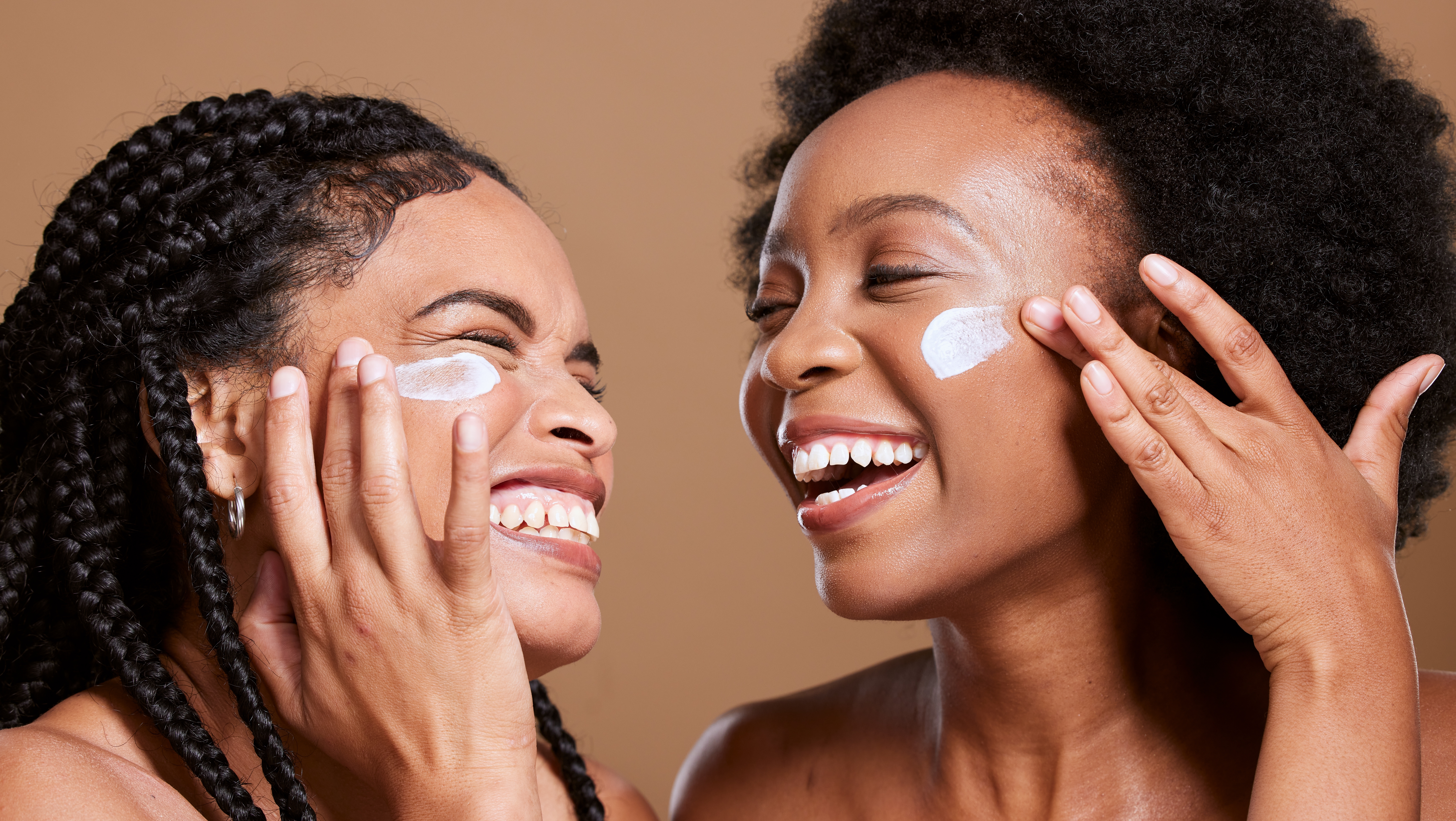ON THIS PAGE
What is Otoplasty?
Otoplasty, ear pinning, or cosmetic ear surgery is a cosmetic plastic surgery procedure used to correct protruding ears. While this procedure can be performed on people of all ages, children with ear problems or disfigured ears can often greatly benefit.
When done at an earlier age, the trauma and psychological impact can be minimized if other children make fun of a child’s appearance due to the prominent ears. While the procedure can be done on only one ear, it’s typically performed on both to harmonize ear shape.
Who is a Candidate?
Otoplasty is an excellent option for individuals dissatisfied with their ears’ size, shape, or positioning. It is particularly beneficial for individuals with ears that protrude, are overly large, or have other cosmetic concerns. Healthy nonsmokers in good overall health are typically the best candidates for otoplasty.
Otoplasty can be a life-changing step toward improved self-confidence at any stage. Children as young as five can benefit from this surgery, provided they can express their feelings and understand the procedure. Adults of all ages can also benefit from the procedure if they want to correct congenital ear deformities or restore a more natural ear shape after injury.
You can discuss your aesthetic goals, medical history, and concerns during a consultation with Dr. Sweat. Dr. Sweat will also carefully evaluate your ear structure and overall health to determine if otoplasty is the right option for you.

Jeffery A.Sweat, M.D.
“Bringing out inner confidence and helping the patient through their own personal journey makes what we do so fun and rewarding.”
Meet Doctor Sweat
What our patients say
View Testimonials
The Procedure
Otoplasty surgery is done under local anesthesia, intravenous sedation, or general anesthesia. The type of ear surgery techniques used can depend on your age. A small incision will be made, hidden behind the outer ear. Extra tissue or cartilage will be removed, folds can be re-created, and permanent sutures will be used to close the incision and bring the ears closer to the head. Because incisions are placed inconspicuously, they are often not noticeable after they heal. In total, the procedure takes about two hours.
Pediatric Procedure
The cartilage in children’s ears is still soft and pliable, making it easier to reshape and contour without more invasive techniques. In many cases, splints can be used during the procedure to guide the cartilage into the desired shape gently.
Adult Procedure
Ear cartilage has hardened and become less malleable in adults, requiring a different surgical approach to achieve the desired results. To reshape the ear, Dr. Sweat may need to make precise incisions to remove, reposition, or soften the cartilage.
The Benefits
of Ear Pinning
Ear pinning, or otoplasty, offers a solution for individuals who are self-conscious about the appearance of their ears with numerous benefits:
The Results
Following ear pinning surgery, dressings will be wrapped around the ears. It is important to keep these dressings in place to ensure optimal healing. Pain medication can be used to diminish any discomfort. Patients are encouraged to sleep in a reclining position, as keeping the head elevated will help to reduce swelling. Any stitches will be removed by your plastic surgeon about one week following the procedure.
Final results are often seen after a few weeks, though changes to the ears may continue to occur for up to a year. Care should be taken to avoid ear trauma for at least six weeks after the surgery to avoid disrupting sutures, which may be placed to help contour the ear. You can gently wash the area to keep it clean, but avoid excess pressure.

Contact Us
Contact J. Sweat Plastic Surgery today if you’re seeking more information about our services or want to schedule a consultation. Fill out the form, and our friendly team will get back to you as soon as possible.
Reach Out



